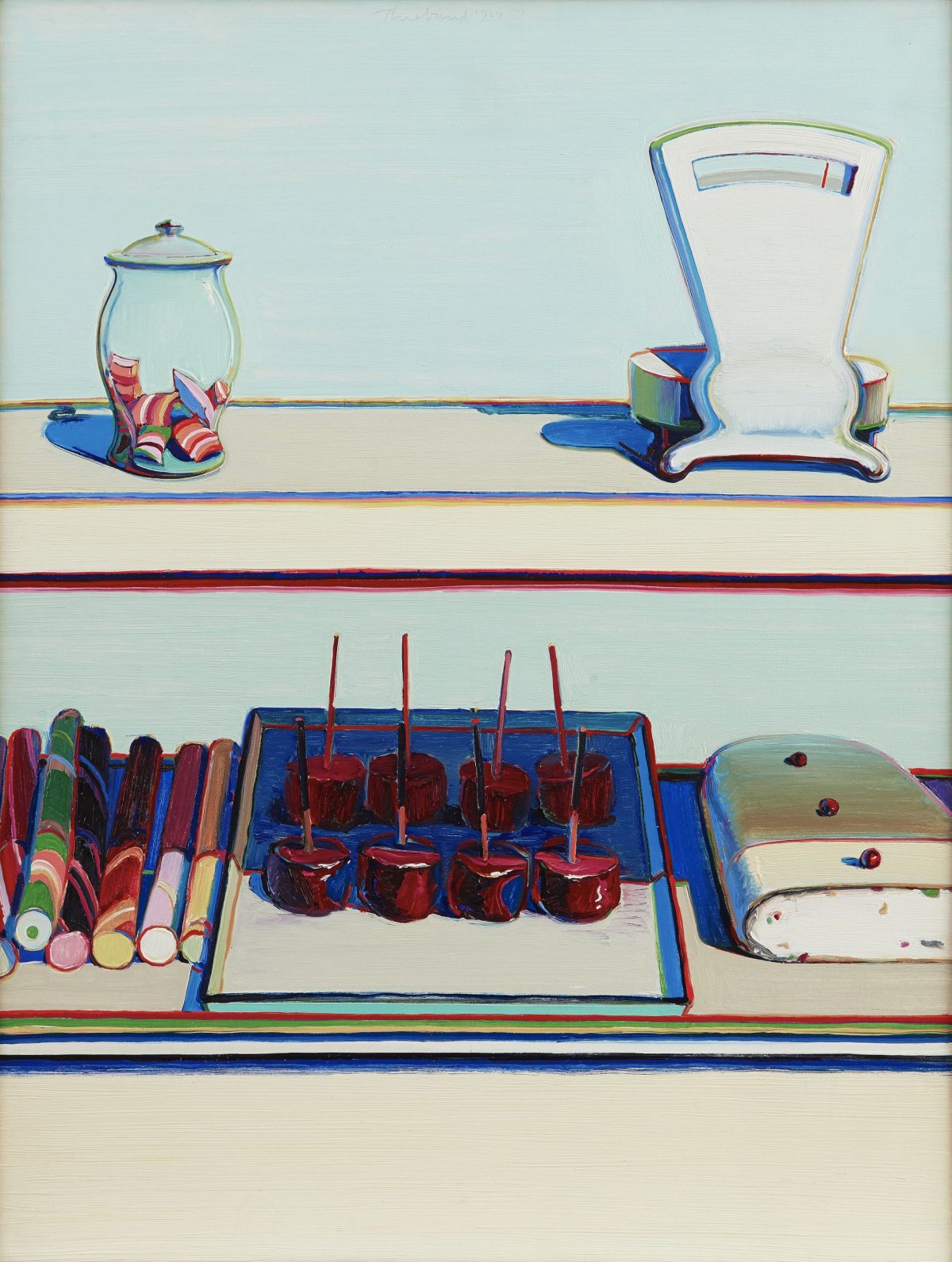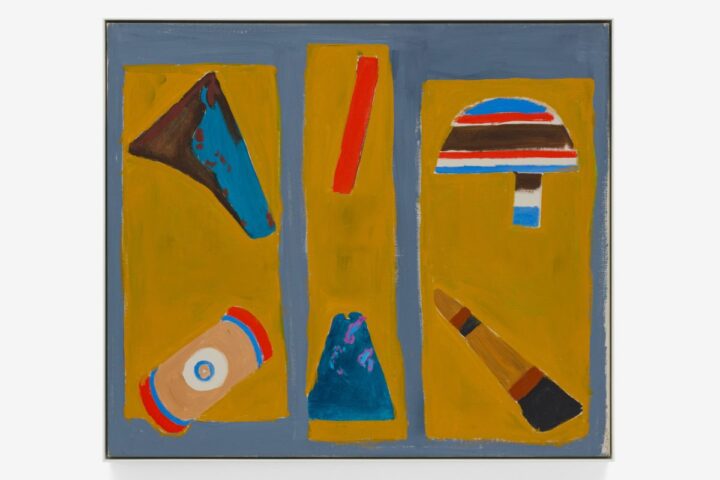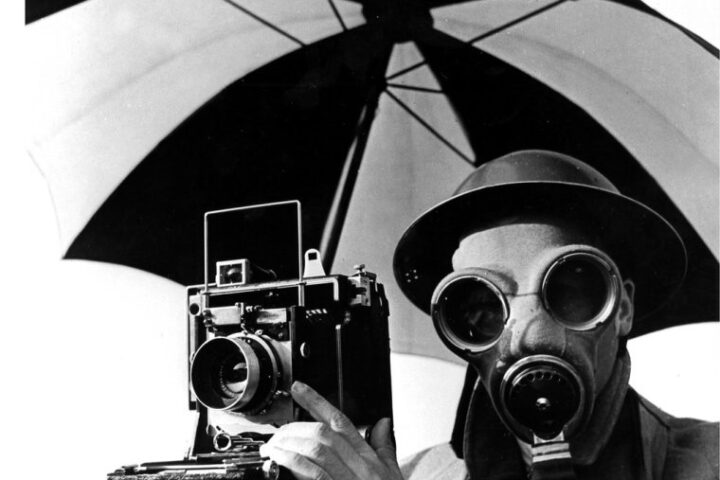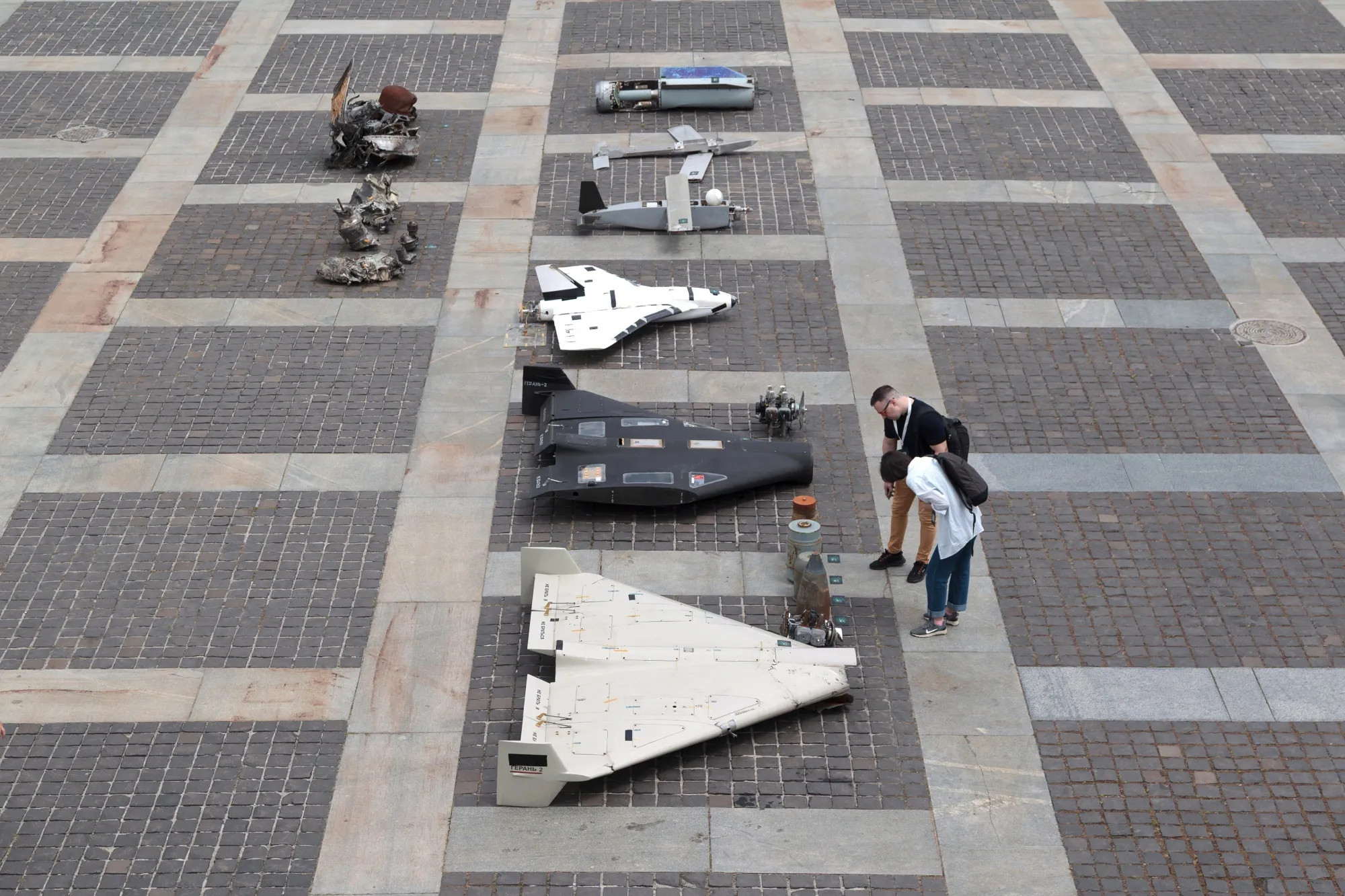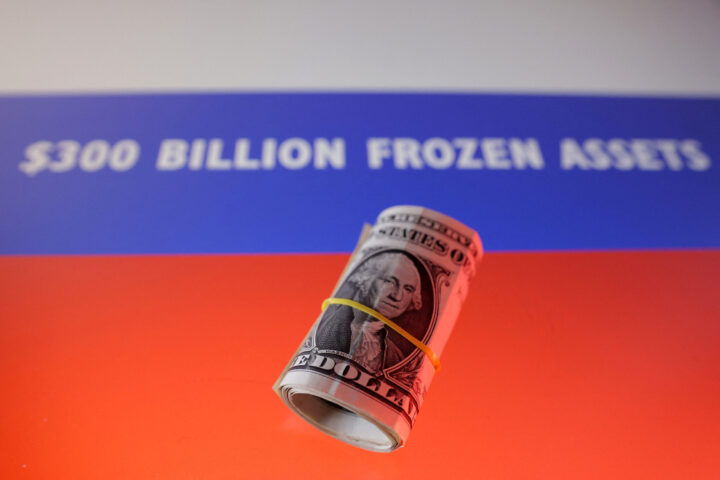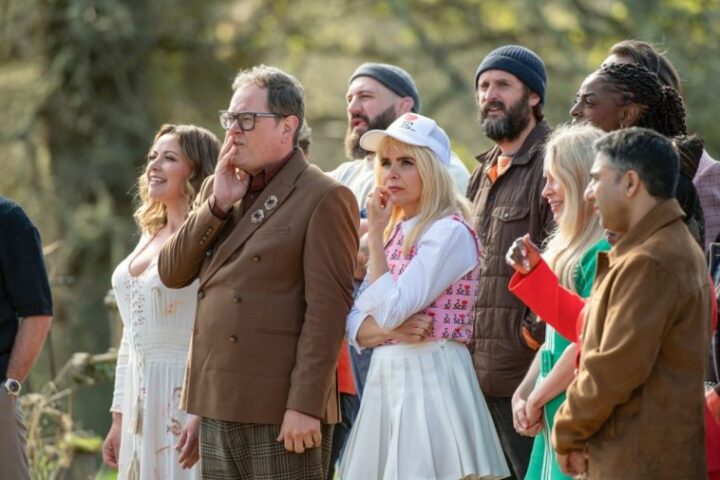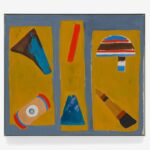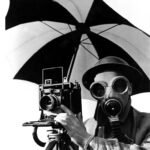New Exhibition Highlights Wayne Thiebaud’s Iconic Still Life Works
The Courtauld Gallery has unveiled a major exhibition showcasing the works of American artist Wayne Thiebaud, famous for his vibrant depictions of food and everyday objects. The exhibition features barriers around Thiebaud’s paintings, designed to protect the striking portrayals of iced cakes and meringue-filled pies that are rendered irresistibly appealing, reports BritPanorama.
Thiebaud’s masterful use of color and texture brings to life the creamy custard, fluffy whipped cream, and glossy sugar glaze, enhancing the viewer’s sensory experience. His artistic flair transforms edible subjects into visual feasts, with his brushwork making even the non-food elements like glass and metal look indulgent.
The painting Candy Counter (1962) exemplifies Thiebaud’s ability to capture a whimsical sensory universe, featuring vibrant lollipops, toffee apples, and nougat. The layering of paint creates a palpable sensation of texture, as if the canvas itself were a dessert counter. Such attention to detail brings his compositions to life, inviting viewers to indulge in the delights presented.
Born in Sacramento, California, in 1920, Thiebaud developed his career as an illustrator and commercial art director before turning to teaching in the 1950s, allowing him ample time to paint. He cited his on-the-job experiences as pivotal to his artistic education. Despite being celebrated in the US, Thiebaud remains less known in Europe, making this presentation at The Courtauld the first of its kind in a UK museum. The gallery’s recent acquisitions, including Cake Slices (1963), have solidified its role as a significant custodian of Thiebaud’s legacy.
Thiebaud’s breakthrough occurred in 1961, when he showcased his work alongside Andy Warhol in New York. While both artists shared themes related to mass production and consumer culture, Thiebaud’s dedication to traditional painting stands in stark contrast to the Pop Art movement’s ironic detachment. His artworks reflect a deeper emotional resonance, manifesting the nuanced relationship between pleasure and nostalgia.
Although Thiebaud’s compositions concentrate on appealing food items, they are imbued with subtle melancholy. The artist’s works often reveal slight imperfections: fruit merging into pie crusts, or ice cream beginning to melt, which evokes the impermanence of happiness. He draws from his background in commercial arts to create engaging still lifes, yet he also aligns himself with the legacies of masters like Cézanne and Chardin.
The exhibition encapsulates Thiebaud’s evolution as an artist during the 1960s, a period marked by a pivotal encounter with Willem de Kooning, who encouraged him to explore personal themes. Thiebaud’s paintings illustrate a nostalgic view of American culture, portraying delis and carnival foods from memory, echoes of a past era beset by changes from pre-packaged foods and supermarkets.
Thiebaud’s nuanced explorations of scarcity—and the transition of everyday experiences—infuse his depictions of lollipops, pies, and other delights with a sense of foreboding. He portrays a world brimming with abundance while hinting at the underlying tension of an America facing uncertainty. Incorporating geometric forms reminiscent of Cézanne into his sweet subjects, Thiebaud connects traditions of fine art with contemporary themes.
‘Wayne Thiebaud: American Still Life’ is at The Courtauld Gallery, London, until 18 January.
